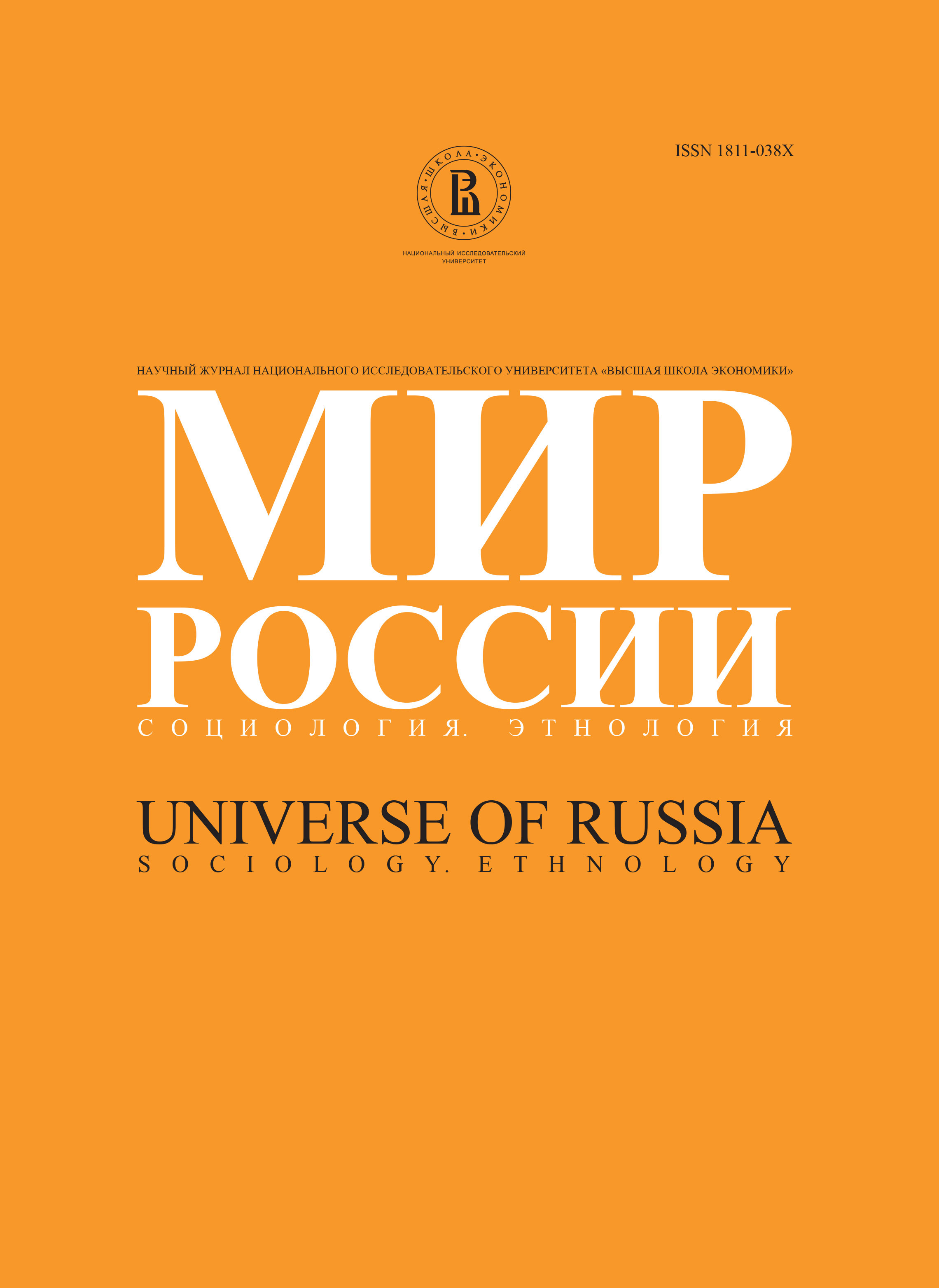Tendencies in the Change of Socio-Professional Structure in Russia during 1994-2006 (according to RLMS)
Abstract
Since 1970s global competition on labor markets has been shaping the process of redistribution of surplus value in favor of higher qualified workers. It further reveals a correlation between innovation-oriented development and a specific type of socio-professional structure, where qualified workers play a dominant role both in structural and functional logics. The article tries to seek what, in comparison to European and other developed countries, are the basic features of major socio-professional groups in Russia with regard to their human capital? Do these features and its dynamics reveal the modernization potentials of the socio-professional structure in contemporary Russia? Our research is based on the panel data from RLMS (1994-2006 Waves), where a well-known occupation classification scheme ISCO-88 was implemented and adapted to the specifics of Russia’s reality. The article presents the results of this re-codification procedure according to which the system of socio-professional statuses has undergone somewhat great changes. It reveals that some occupations in Russia do not coincide with the original classification. The real socio-professional structure in Russia is similar to those of early-industrialized countrie: there are only 12,6% professionals and 4,1% managers holding executive positions in Russia (employed population). We begin with socio-professional structure of Russia ‘in static’, where we attempt to estimate (using standard statistical means and procedures) the degree to which non-manual workers satisfy the requirements of their actual positions within socio-professional hierarchy of Russian society. Major attention is drawn to core ‘intellectual workers’. Apart from professional and service workers only 1/3 of white-collars in Russia actually feature higher education. Speaking about local features of intellectual labor, there is a statistically significant relationship between settlement type and the number of professionals and other non-manual workers (with the exception of service workers). Taking into account some other factors (industrial sector and geography) one can speak of regionalization of Russian socio-professional structure, which makes it a distinct stratification criterion of inequality between classes in Russia. In the second part of work we analyze the dynamic of employment statuses, its steadiness concerning both the number of people who form the main socio-professional groups and educational levels of their members. According to our findings number of professional workers has been decreasing in the recent years (the same results were observed in alternative studies, e.g. Shkaratan). Using the panel feature of data we also try to reveal some mobility trends between groups. Finally, by taking all these and other points into account, especially as compared to developed countries, we argue that Russia’s current socio-economic system can be defined as early industrialism.
Keywords: socio-professional structure, workforce distribution, modernization in Russia, socio-economic systems






